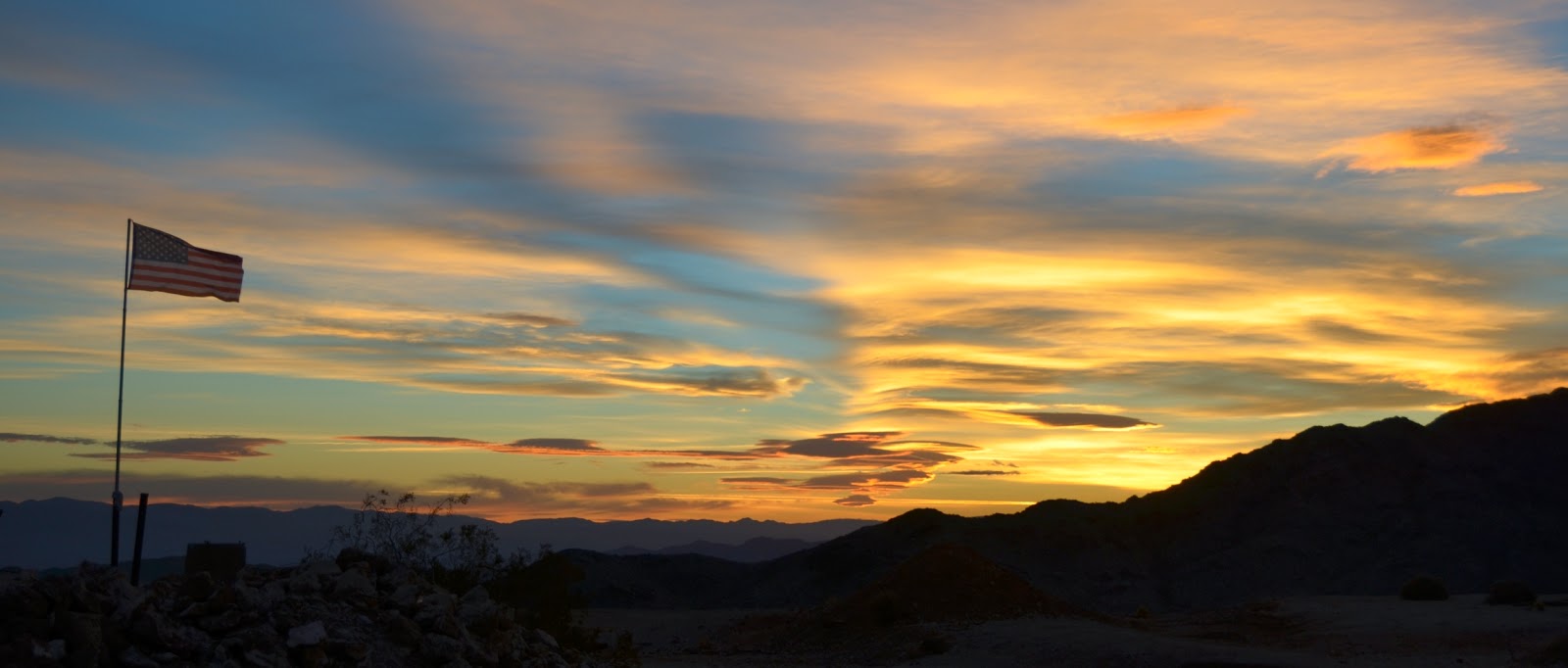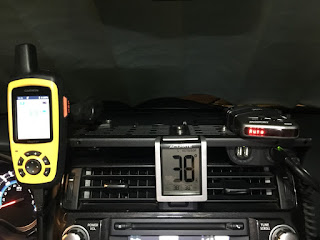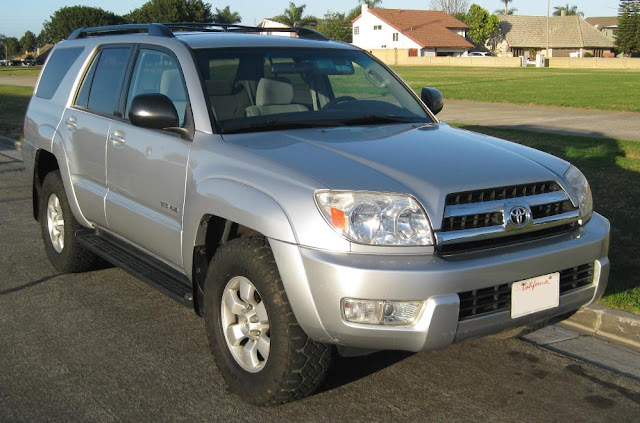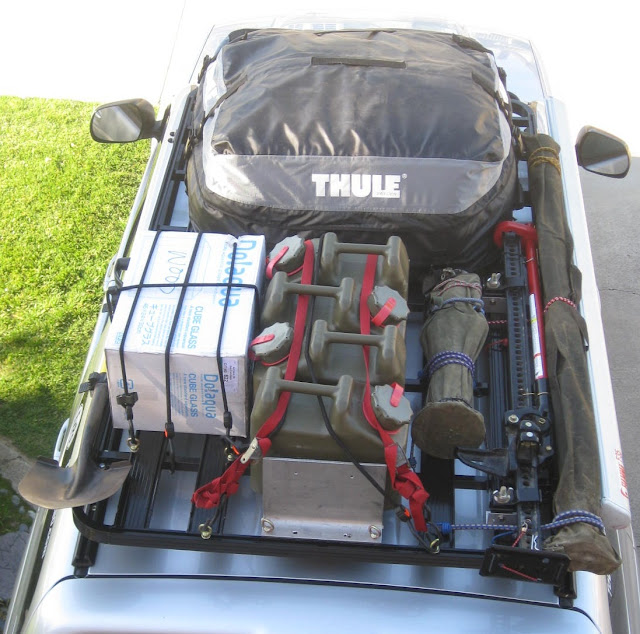The desert is dangerous for the unprepared. The steep and unrelenting terrain can quickly injure or kill you. Its remoteness demands that you be self-reliant. Even if you could dial 911 on your cell only a helicopter might save you but is there one that can be dispatched in time to save you?
I know that some of you reading this have been to these locations and I applaud your achievement. To those of you that have yet to go, perform your research! The history is amazing. The struggles, abysmal failures and triumphs of the men and women who first came here are to be appreciated and preserved.
We spent three days for this adventure and I still feel as if we barely touched a small portion of what is to be discovered. Along with me were these hardy overland adventurers:
Alan
Joey
Peter
Of course I did not miss the opportunity to bring out my expedition trailer!
Camp Teotwaki Aerial Shot
We traversed many miles of rocky and elevated trails as many mine adits are well off of the beaten path. A quality compass, old topo maps and a good GPS are invaluable.
We were amply rewarded for our efforts! At higher elevations spectacular structures and adits patiently await cautious exploration.
photo by Alan
Photo by Alan
Sometimes the spirits of jealous miners stand a fierce guard over their gold and silver.....
D. McC. was here in 1923! Miners often used the soot from their carbide lamp's flame to write names, dates and ribald comments. (Photo by Peter)
Alan inspects a vertical shaft that was boarded over.
Photo by Joey
Route finding under cloudy desert skies. (Photo by Peter)
Once back at camp Joey enjoyed Mike's well equipped all-frequencies communications station.
We all enjoyed Mike's very agile and swift drone which allowed us to easily inspect old burro paths and mines before we tried clambering up to them.
photo by Joey
How to swat a pesky drone
Photo by Alan
We hugely enjoyed great meals of Mediterranean meat skewers, teriyaki chicken, stew and Apple pie.
Spectacular sunsets at Camp Teotwaki were always far better than mere photographs can portray
My camp the next morning
This location did not disappoint!
The day was getting late and I was tired. I had run a marathon the weekend before and was still recovering. The steep descent went more quickly than anticipated. In large part it was due to Alan's keen eye that traced out an old miner's trail that helped us to avoid the scree covered slopes.
Photo by Alan
Upon my return to home I was able to research one location that we visited and match up this old photograph of a steam train's visit to the remote location. It explained the section of former railroad bed that we discovered near a mine's ore chute.
We also identified this old can with a small valve and spout as an old kerosene container from Standard Oil with a brand name of "Pearl Oil".
Thank you for joining us on this adventure! I'll be sure to give you a call on the next one.






















.jpg)

















-1.jpg)

















































































































































































